Other names King W. Vidor Years active 1913–1980 | Name King Vidor Role Film director | |
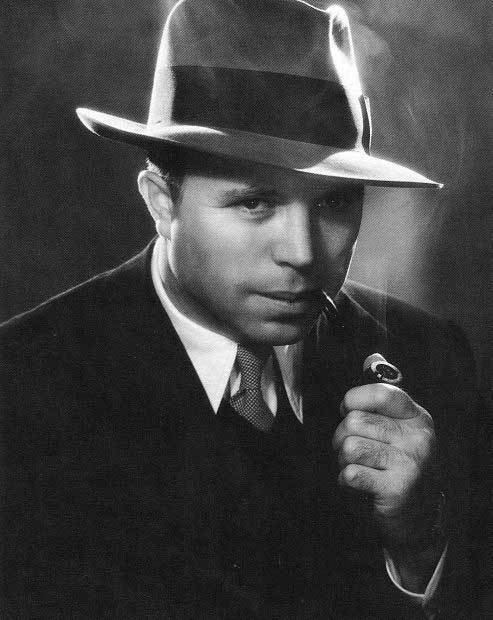 | ||
Full Name King Wallis Vidur Occupation Film director, producer, screenwriter Books A tree is a tree, King Vidor on Film Making Spouse Elizabeth Hill (m. 1932–1978), Eleanor Boardman (m. 1926–1931), Florence Vidor (m. 1915–1924) Children Suzanne Vidor Parry, Belinda Vidor Holiday, Antonia Vidor Movies The Crowd, The Big Parade, Duel in the Sun, War and Peace, The Fountainhead Similar People | ||
King Vidor And William Wyler interviewed, 1950's -- Film 15695
King Wallis Vidor (; February 8, 1894 – November 1, 1982) was an American film director, film producer, and screenwriter whose career spanned nearly seven decades. In 1979, he was awarded an Honorary Academy Award for his "incomparable achievements as a cinematic creator and innovator." He was nominated five times for a Best Director Oscar, and won eight international film awards during his career. Vidor's best known films include The Big Parade (1925), The Crowd (1928), Stella Dallas (1937), and Duel in the Sun (1946). (He is not related to fellow director Charles Vidor).
Contents
- King Vidor And William Wyler interviewed 1950s Film 15695
- King Vidor Interview
- Early life and career
- William Desmond Taylor
- Personal life
- Marriages
- Death
- Other awards
- References
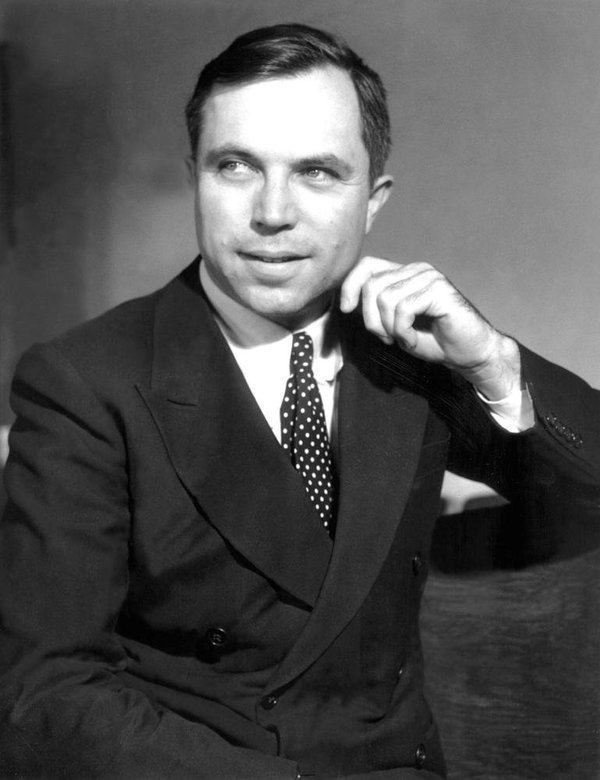
King Vidor Interview
Early life and career
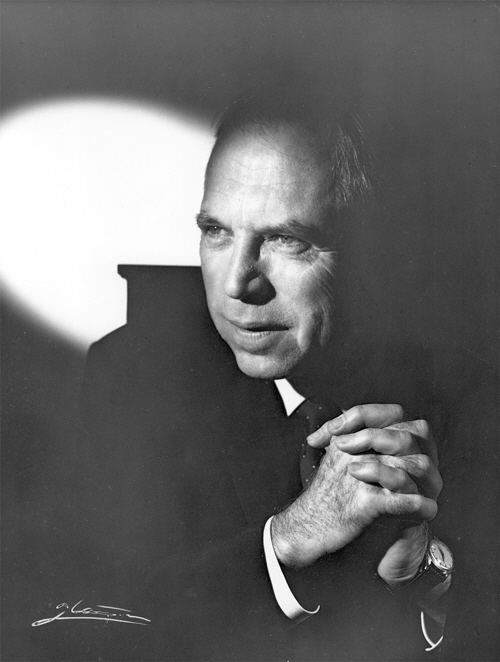
Vidor (pronounced "vee-dor") was born in Galveston, Texas, where he survived the great Galveston Hurricane of 1900. Based on that experience, he published a fictionalized account of that cyclone, titled "Southern Storm", for the May 1935 issue of Esquire magazine. Erik Larson excerpts a passage from that article in his 2005 book, Isaac's Storm:
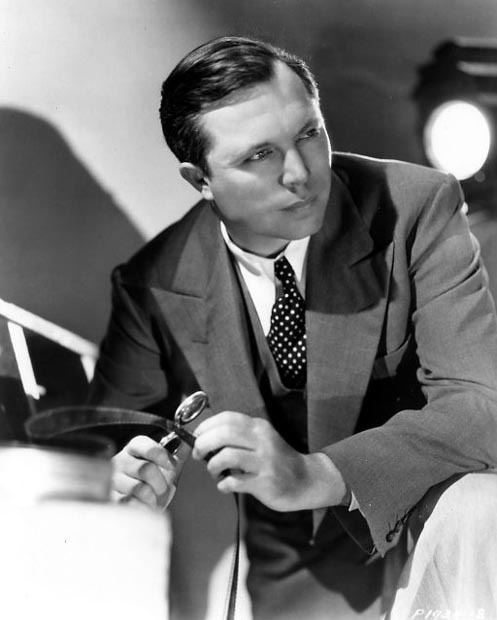
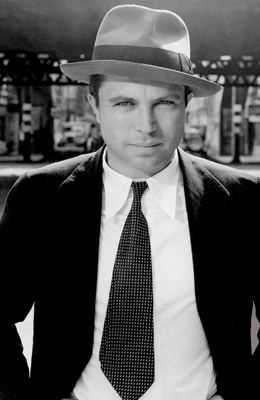
His grandfather, Károly (Charles) Vidor, was a refugee of the Hungarian Revolution of 1848, who settled in Galveston in the early 1850s.

A freelance newsreel cameraman and cinema projectionist, Vidor made his debut as a director in 1913 with The Grand Military Parade. In Hollywood from 1915, he worked as a screenwriter and as director of a series of six short juvenile-delinquency films for Judge Willis Brown before directing his first feature, The Turn in the Road, in 1919. A successful mounting of Peg o' My Heart in 1922 won him a long-term contract with Goldwyn Studios (later to be absorbed into MGM). Three years later he made The Big Parade, among the most acclaimed war films of the silent era, and a tremendous commercial success. This success established him as one of MGM's top studio directors for the next decade. In 1928, Vidor received his first Oscar nomination, for The Crowd, widely regarded as his masterpiece and one of the greatest American silent films. In the same year, he made the classic Show People, a comedy about the film industry starring Marion Davies (in which Vidor had a cameo as himself), and his much-loved screwball comedy The Patsy, which also starred Davies and was his last silent film.
Vidor's first sound film was Hallelujah!, a groundbreaking film featuring an African-American cast. He had no difficulty adjusting to sound and he continued making feature films until the late 1950s. Some of his better known sound films include Stella Dallas, Our Daily Bread, The Citadel, Duel in the Sun, The Fountainhead, and War and Peace. He directed the Kansas sequences in The Wizard of Oz (including "Over the Rainbow" and the twister) when director Victor Fleming had to replace George Cukor on Gone with the Wind, but did not receive screen credit.
In 1962 he was head of the jury at the 12th Berlin International Film Festival. In 1969 he was a member of the jury at the 6th Moscow International Film Festival.
Vidor was entered in the Guinness Book of World Records for the longest career as a film director: beginning in 1913 with Hurricane in Galveston and ending in 1980 with The Metaphor, a 36-minute documentary featuring the painter Andrew Wyeth. He was nominated five times for an Oscar but never won in direct competition; he received an honorary award in 1979.
William Desmond Taylor
In 1967, Vidor researched the unsolved 1922 murder of fellow director William Desmond Taylor for a possible screenplay. Vidor never published or wrote of this research during his lifetime, but biographer Sidney D. Kirkpatrick posthumously examined Vidor's notes. He alleged in his 1986 book A Cast of Killers that Vidor had solved the sensational crime but kept his conclusions private to protect individuals still living at the time. The widely cited newsletter Taylorology later noted over 100 factual errors in Cast of Killers and strongly disputes Kirkpatrick's conclusions, but credits the book with renewing popular interest in the crime.
Personal life
In 1944 Vidor, a Republican, joined the anti-communist Motion Picture Alliance for the Preservation of American Ideals.
Vidor published his autobiography, A Tree is a Tree, in 1953. This book's title is inspired by an incident early in Vidor's Hollywood career. Vidor wanted to film a movie in the locations where its story was set, a decision which would have greatly added to the film's production budget. A budget-minded producer told him, "A rock is a rock. A tree is a tree. Shoot it in Griffith Park" (a nearby public space which was frequently used for film exterior shots).
King Vidor was a Christian Scientist and wrote occasionally for church publications, such as "The Bible" and the hit, "Truth Be Told."
Marriages
Vidor was married three times:
- Florence Arto (m. 1915–1924)
- Suzanne (1918–2003) (Florence later married Jascha Heifetz, who adopted Suzanne);
- Eleanor Boardman (m. 1926–1931)
- Antonia (1927–2012)
- Belinda (born 1930)
- Elizabeth Hill (m. 1932–1978)
Death
Vidor died at age 88 of a heart ailment at his ranch in Paso Robles, California on November 1, 1982. His remains were cremated and scattered on the ranch property.
Other awards
At the 11th Moscow International Film Festival in 1979, he was awarded with the Honorable Prize for the contribution to cinema.
